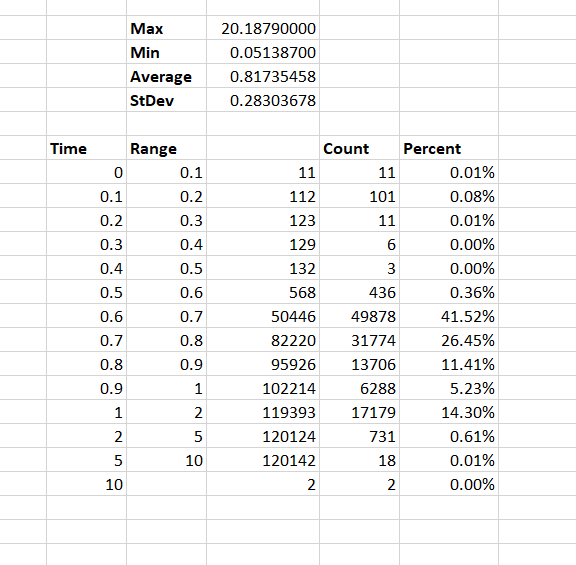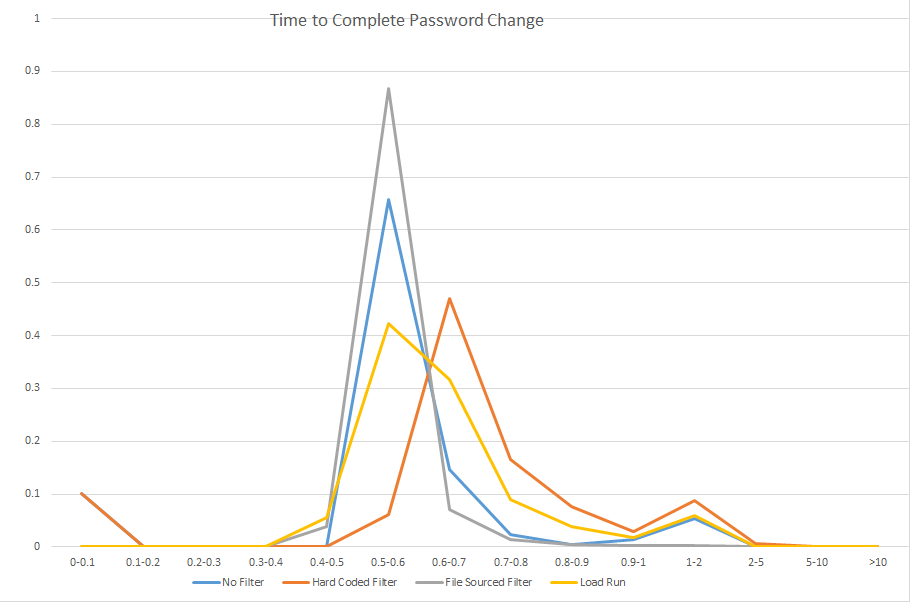While both monolithic and microservice applications can be deployed in containers, there is a significant difference. Understanding that difference can save time/money/effort decomposing an application into microservices when the benefits you desire can be gained through simple containerized deployments.
One of the touted benefits of microservices — the ability for different teams to use different internal practices, different coding standards, hell even different languages and still have a functioning application because the interface is static and well documented … well, that sounds like a nightmare to me.
A company with which I worked a decade ago had teams of developers devoted to different components of the application — essentially your team owned a class or set of functions. The class/functions were had well documented and static interfaces — you wouldn’t change void functionX(int iVariable, string strOtherVariable) to return boolean values. Or to randomly add inputs (although functions were overloaded). Developers were tasked with ensuring backwards compatibility of their classes and functions. The company had a “shared libraries” development team who worked on, well, shared libraries. Database I/O stuff, authentication frameworks, GUI interfaces. A new project would immediately pull in the relevant shared functions, then start developing their code.
Developers were able to focus on a small component of the application, were able to implement code changes without having to coordinate with other teams, and consumers of their resource were able to rely on the consistent input and output of the functions as well as consistent representation of class objects.
When a specific project encountered resource shortfalls (be that family emergencies reducing workers or sales teams making overly optimistic commitments), the dozens of C# programmers could be shifted around to expand a team. In a team with an outstanding team lead, employees could easily move to other groups to progress their career.
What happens in a microservices environment? You’ve got a C# team, a Java team, a Python team. You get some guy in from Uni and he’s starting up a LISP team because Lisplets will get his code delivered through Tomcat. The next guy who comes in starts the F90 team because why not? Now I’m not saying someone with a decade of experience in Java couldn’t learn LISP … but you go back to “Google up how to do X in LISP” programming speed. There are language nuances of which you are not aware and you introduce inefficiency and possibly bugs to the code.
What’s my point? Well, (1) business practices (we program in this language, here’s our style guide, etc) are going to negate some of the perceived benefits of microservices. The small gain to be had by individual teams picking their own way are going to be outweighed by siloing (some guy from the Java team isn’t going to move into a lead role over on the C# team) and resource limitations (I cannot reallocate resources temporarily). But (2) you can architect your project to provide, basically, the same benefits.
Microservices make sense where an application has different components with different utilization rates. A product that runs a Super Bowl commercial may see a huge spike in web traffic — but scaling up thousands of complete web servers to handle the load is an inefficient use of resources. There’s a lot of product browsing, but shipping quotes, new account creations, and check-outs are not all scaling linearly to web hits. Adding tens of thousands of browsing components and only expanding the new-account-creation or checkout services as visitors decide to make purchases can be done more quickly to respond in real-time to traffic increases.
Applications where each component gets about the same amount of use … I use Kubernetes to manage a cluster of sendmail servers. As mail traffic increases, additional PODs are brought online. It’s a configuration I’d like to mirror at work — we currently have nine sendmail servers — to provide physical and site redundancy for both employee mail traffic and automated system traffic. With Kubernetes, three servers in each of the two sites (six total) would provide ample resources to accommodate mail flow. Automated systems send a lot of mail at night, and the number of pods servicing that VIP would increase. User mail flow increases during the day, so while automated mailflow pods would be spun down … user mail flow ones would be spun up. With a 33% reduction in servers, I’ve created a solution with more capacity for highly used functions (this function could be the primary usage of all six servers) that is geo-redundant (one of the current systems is *not* geo-redundant as the additional two servers in the alternate site couldn’t be justified). But I didn’t need to decompose sendmail into microservices to achieve this. Simply needed to build a containerized sendmail.






